Do you know about the kappa? It is probably one of the most famous yokai in Japan and appears in many legends across the country. When you think of a kappa, many people imagine a cute creature eating cucumbers, but it is also a terrifying yokai that can drag people or horses into rivers and ponds to drown them. In this article, we will introduce what kind of yokai a kappa is, and what origins and legends surround it.
What Kind of Yokai is a Kappa?
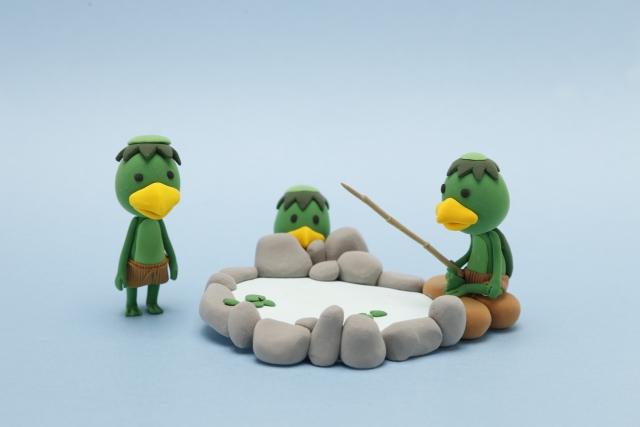
A kappa is a water yokai that inhabits rivers and ponds in Japan. Because of their child-like appearance, they came to be called “kawa no wappa” (river child), which gradually evolved into the name “kappa.” They resemble humans but have green skin, a turtle-like shell, and a small dish on top of their heads to hold water.
Kappa are excellent swimmers and have a terrifying side where they drag humans and horses into the water to drown them. However, they are generally known as mischievous yokai who play pranks, such as splashing water on people. Additionally, they have a great love for cucumbers. This is because kappa are river yokai, and in Japan, where water deity worship was prevalent, cucumbers were used as offerings to the river gods.
Origins of Kappa
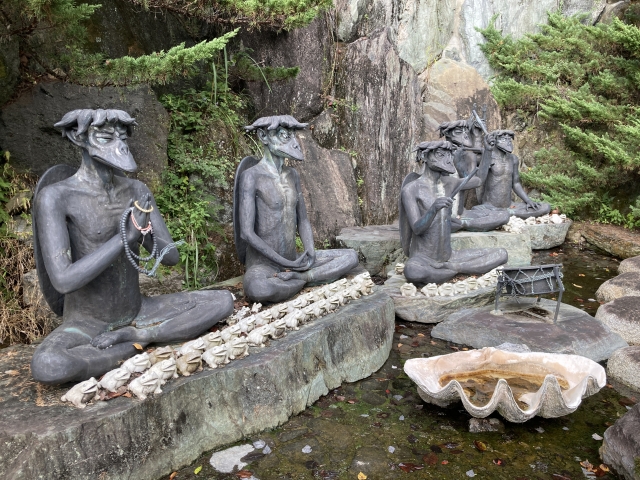
The origins of kappa differ between eastern and western Japan. In eastern Japan, it is said that kappa originated from the shikigami of Abe no Seimei, the protective children of En no Ozunu, or dolls created by the craftsmen of Hida to assist in their rituals and magical practices. It is said that kappa’s arms are connected inside their body, and if you pull out one arm, the other arm will also come out. This is believed to be because their origin is a doll.
In western Japan, it is believed that kappa originated from a monkey-like yokai that came from the continent. The kappa’s monkey-like appearance is influenced by this western Japanese legend. There is also a theory that the samurai of the Heike clan, who fled to Kyushu after losing the Battle of Dan-no-ura against the Genji clan, were transformed into kappa with their vengeful spirits. There are legends of them damaging farmland in Kyushu and dragging people into rivers and ponds to drown them.
Kappa Legends in Kyushu: The Tale of Kappa Fighting Kiyomasa Kato
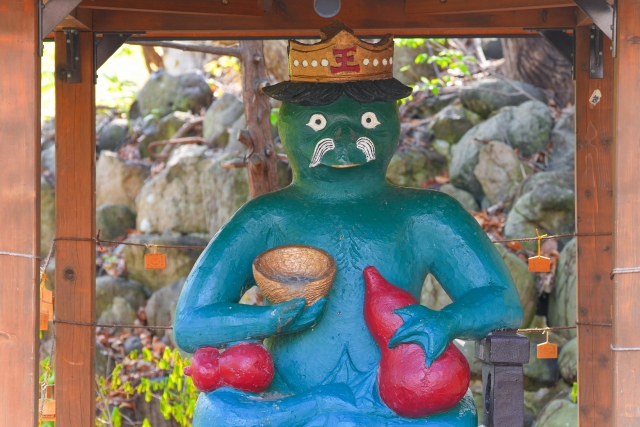
Kappa have various legends throughout Japan, but they are especially numerous in the Kyushu region. There are so many that Kyushu is often called the “Kingdom of Kappa.” According to one legend, a kappa named Kyūsenbō led 9,000 subordinate kappa from the continent and settled in the Yatsushiro area of Kumamoto Prefecture, where the Kuma River and Chikugo River are located. However, their pranks and misdeeds went too far, which enraged Kiyomasa Kato. He gathered monkeys from all over Kyushu and drove the kappa out of Yatsushiro.
In addition to this, there are many other kappa legends in Kyushu, such as conflicts between kappa and farmers, fights, and kappa stealing fish caught by fishermen. The abundance of kappa legends in Kyushu is believed to be related to the region’s geography. Managing lands with many low-lying areas like Kyushu required advanced water management techniques. It is thought that the tales of water yokai like kappa became prevalent as a way to showcase these water management skills.
Kappa Legends in Iwate: The Tale of Kappa as Reincarnated Children
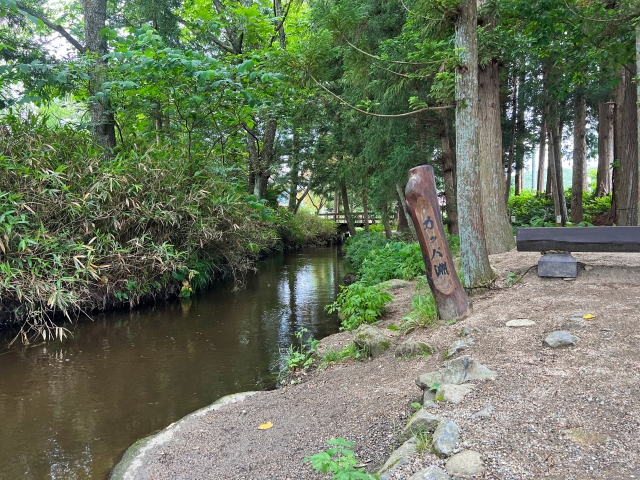
Kappa legends are also famous in Iwate, far from Kyushu. In particular, Kunio Yanagita’s “Tono Monogatari” documents various kappa legends. One story tells of a kappa trying to drag a horse into a river on a hot day. The horse ended up dragging the kappa to the stable. The kappa hid in a bucket but was found and brought to trial in the village. It promised never to prank horses again and was returned to the river, where it lived quietly thereafter.
The prevalence of kappa legends in Tono is believed to be related to the area’s extreme poverty. Especially during the Edo period, many people suffered from famine. In such conditions, children and the elderly, who were the weakest, often perished first. In Tono, kappa are said to be the reincarnations of children who were subjected to infanticide due to these harsh circumstances. The childlike appearance of kappa is thought to be influenced by this belief.
Incidentally, there were so many kappa sightings in Tono that they issued kappa capture permits. With such a permit, it was allowed to capture kappa.
Summary
How was it? We have introduced the origins and legends of kappa. There were various stories about the origins of kappa, and the kappa legends differed between Kyushu and Iwate. It seems that the kappa legends were created based on the unique circumstances of each region.
On this site, we also introduce many other interesting aspects of Japanese history and culture besides kappa. If you are interested, we would be happy if you could take a look at our other pages as well!



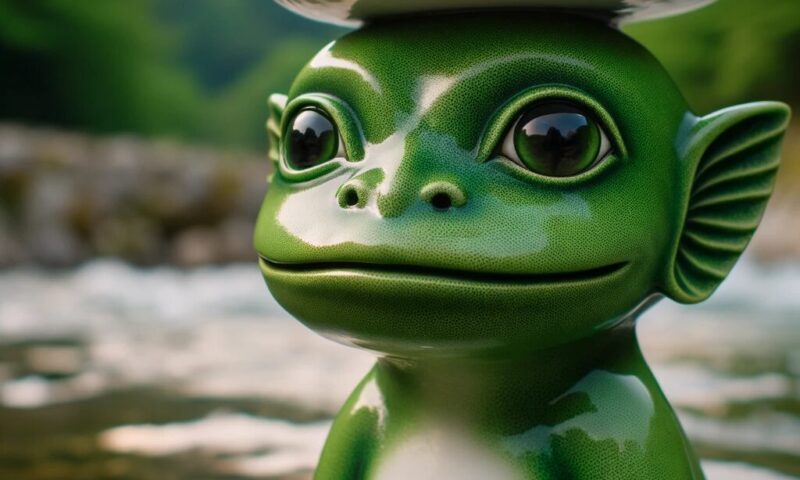
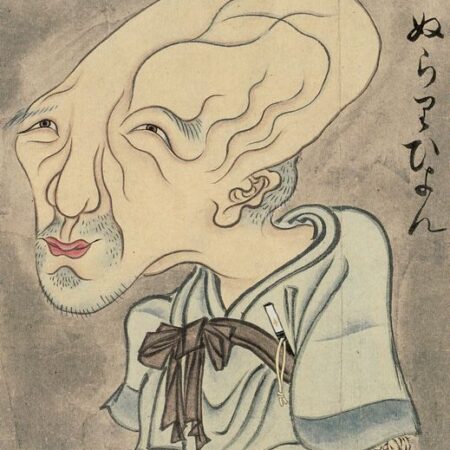

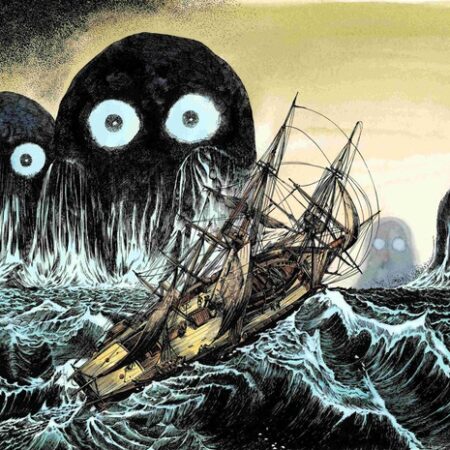
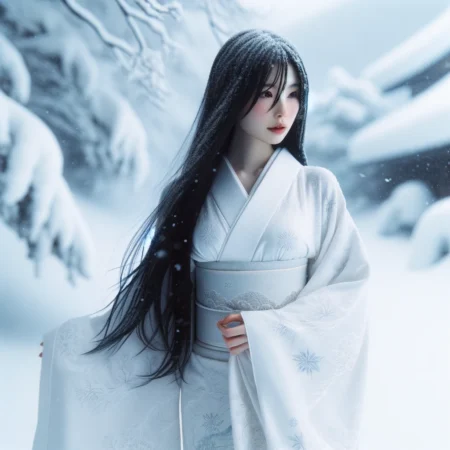
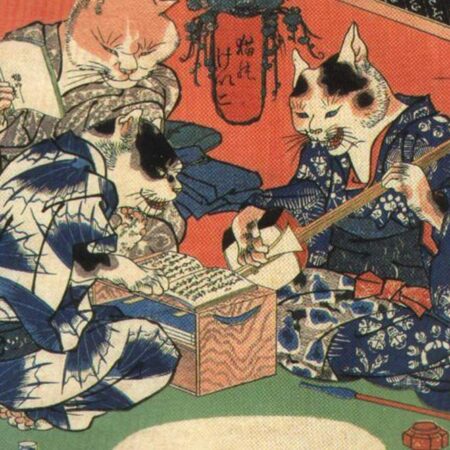
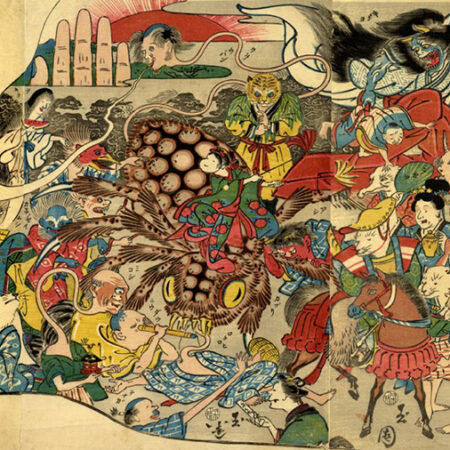
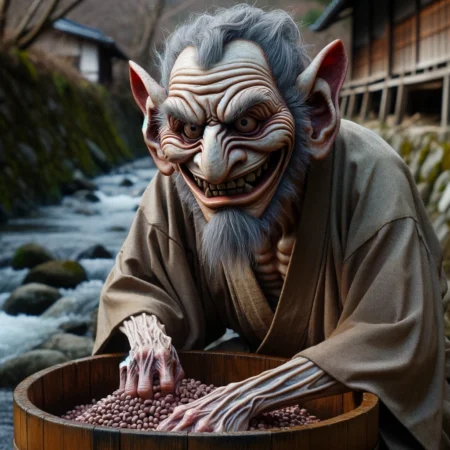
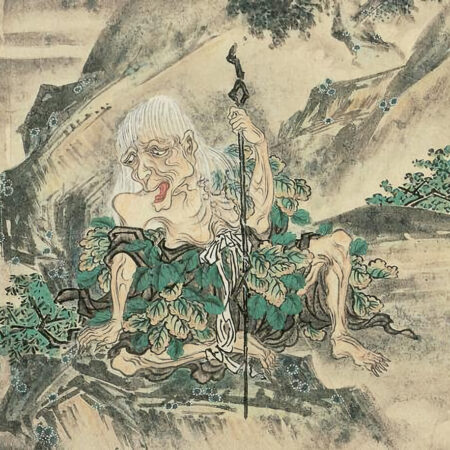

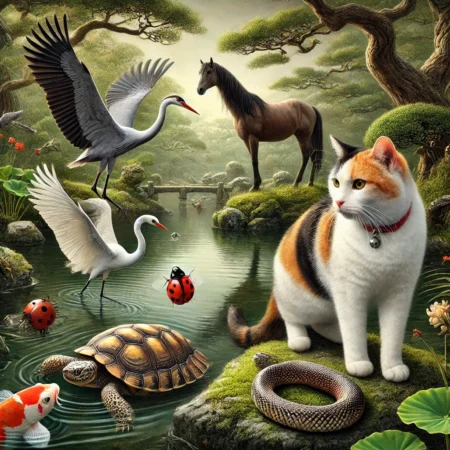
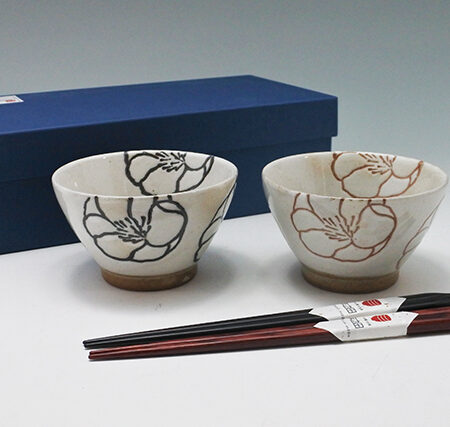
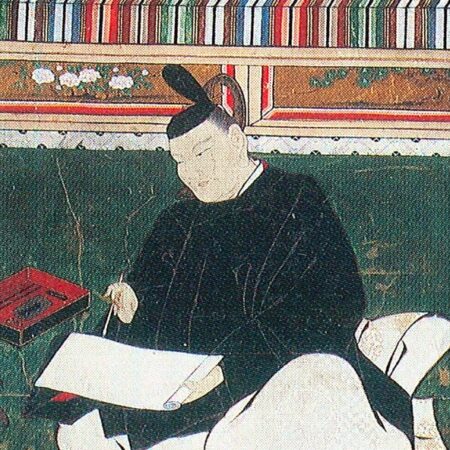
コメント